The type of yeast you choose can have a huge impact on the outcome of your homemade pizza. Pizza dough needs yeast because it helps the dough rise and gives it the right texture.
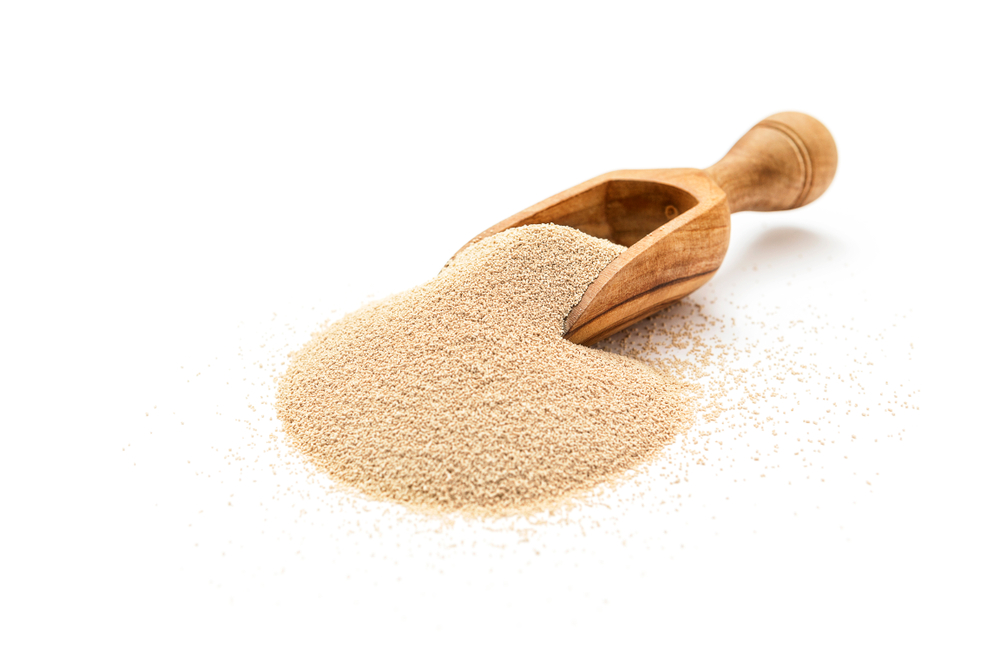
However, choosing the right sort of yeast for your pizza recipe can be challenging given the wide variety of options available.
We will examine the best yeast for pizza dough in this post and provide you with all the details you require to create the ideal pizza crust.
We’ll talk about the various kinds of yeast that are available, like active dry yeast, quick yeast, and fresh yeast, and explain the advantages and disadvantages of each.
We’ll discuss the fundamental components of pizza dough, such as flour, water, salt, and sugar, and how they all come together to make a delectable pizza crust.
Additionally, we will provide you with a recipe for a homemade pizza crust that you may adapt to make pizzas of your own.
Types of Yeast for Pizza Dough
When it comes to making pizza dough, choosing the right type of yeast is crucial. There are several types of yeast available in the market, each with its own unique characteristics.
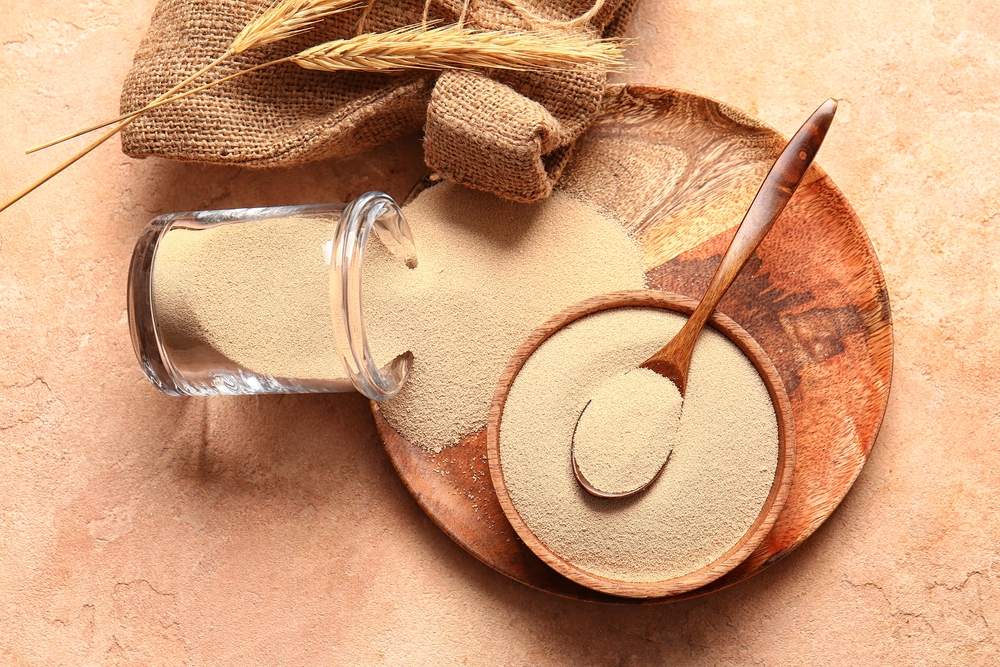
In this section, we will discuss the different types of yeast for pizza dough and their respective features.
Active Dry Yeast
Active dry yeast is the most commonly used type of yeast for pizza dough. It comes in small granules and needs to be dissolved in warm water before use.
This type of yeast takes a little longer to rise than instant yeast, but it provides a more complex flavor to the dough.
Active dry yeast is also more forgiving than other types of yeast, making it a great option for beginner pizza makers.
Instant Yeast
Instant yeast, also known as rapid-rise yeast, is a type of yeast that can be added directly to dry ingredients without needing to be dissolved in water.
This type of yeast works quickly and produces a consistent rise every time. Instant yeast is a great option for those who are short on time, as it requires less time to rise than active dry yeast.
Fresh Yeast
Fresh yeast, also known as cake yeast, is a type of yeast that comes in a block or cake form. It has a high moisture content and needs to be refrigerated.
Fresh yeast provides a unique flavor to the dough and is often used in traditional pizza recipes. However, it can be difficult to find in stores and has a shorter shelf life than other types of yeast.
Rapid Rise Yeast
Rapid-rise yeast, also known as fast-acting yeast, is a type of yeast that works quickly and does not require any rising time.
This type of yeast is often used in bread machines and can be a great option for those who are short on time. However, rapid-rise yeast can produce a less complex flavor than other types of yeast.
In conclusion, choosing the right type of yeast for your pizza dough can make a big difference in the final product.
Each type of yeast has its own unique characteristics, so it’s important to choose the one that best fits your needs and preferences.
Whether you choose active dry yeast, instant yeast, fresh yeast, or rapid-rise yeast, make sure to follow the instructions carefully to achieve the best results.
Factors to Consider When Choosing Yeast for Pizza Dough
When it comes to making pizza dough, choosing the right yeast is crucial. The type of yeast you use will affect the flavor, texture, and rising time of your pizza dough. Here are some factors to consider when choosing yeast for your pizza dough:
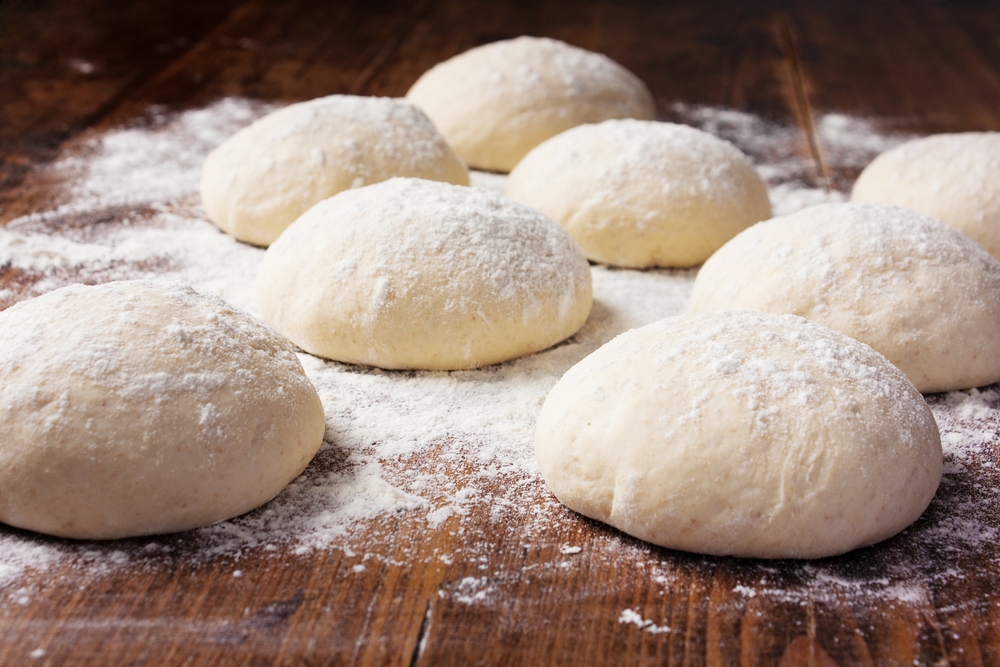
Type of Pizza Dough
The type of pizza dough you want to make will determine the type of yeast you should use. For thin-crust pizza, you may want to use instant yeast, which has a shorter rising time.
For thicker-crust pizza, you may want to use active dry yeast, which has a longer rising time and will give your dough a chewier texture.
Rising Time
The rising time of your pizza dough will depend on the type of yeast you use. Instant yeast will give you a faster rise, while active dry yeast will take longer. Keep in mind that a longer rise time can result in a more flavorful dough.
Flavor
The type of yeast you use can also affect the flavor of your pizza dough. Some yeasts have a more neutral flavor, while others can add a slightly sour or tangy taste to your dough. If you want a more complex flavor, you may want to try using a sourdough starter instead of yeast.
Texture
The texture of your pizza dough will also be affected by the type of yeast you use. Instant yeast will give you a softer, more tender crust, while active dry yeast will give you a chewier texture. You can also experiment with different types of flour to achieve the desired texture.
Nutrition Facts
Finally, it’s important to consider the nutritional value of the yeast you use. Some yeasts are fortified with vitamins and minerals, while others may contain additives or preservatives. Look for yeast that is high in protein and low in fat and sugar.
Choosing the right yeast for your pizza dough is essential for achieving the perfect crust. Consider the type of pizza dough you want to make, the rising time, flavor, texture, and nutritional value when selecting your yeast.
With the right yeast and a little practice, you’ll be making delicious homemade pizza in no time.
How to Use Yeast for Pizza Dough
Making pizza dough from scratch can be a fun and rewarding experience, but it does require some knowledge about how to use yeast properly. Here are the steps we recommend for using yeast in pizza dough:
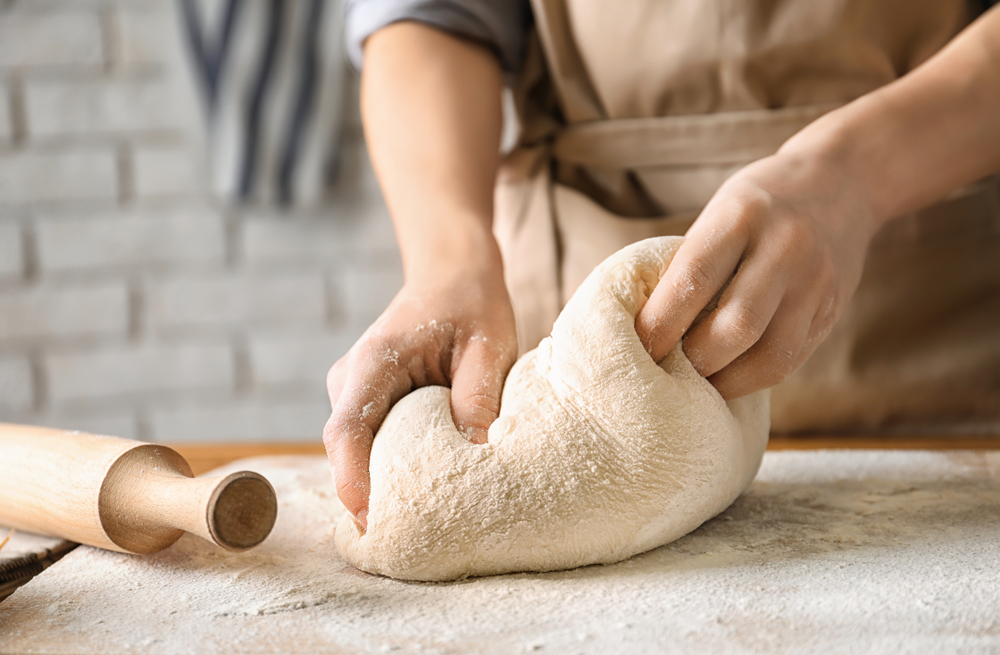
Proofing Yeast
Before adding yeast to your pizza dough, it’s important to proof it. This means activating the yeast by dissolving it in warm water and letting it sit for a few minutes until it becomes frothy. We recommend using instant yeast, as it doesn’t require proofing.
Mixing Yeast with Other Ingredients
Once the yeast is proofed, it’s time to mix it with the other ingredients for the pizza dough. We recommend using a stand mixer with a dough hook attachment, as it makes the process much easier. Be sure to mix the yeast with the flour and other dry ingredients before adding any liquids.
Kneading the Dough
After the ingredients are mixed together, it’s time to knead the dough. This helps to develop the gluten in the dough and gives it a chewy texture. We recommend kneading the dough for at least 5-10 minutes, or until it becomes smooth and elastic.
Letting the Dough Rise
Once the dough is kneaded, it’s time to let it rise. This allows the yeast to ferment and produce carbon dioxide, which makes the dough rise and become fluffy. We recommend letting the dough rise in a warm, draft-free area for at least an hour, or until it has doubled in size.
Shaping the Dough
After the dough has risen, it’s time to shape it into a pizza crust. We recommend using a rolling pin to roll out the dough to the desired thickness, then using your hands to stretch it out into a circle. Be sure to leave a little bit of thickness around the edges to form a crust.
Adding Toppings
Once the dough is shaped, it’s time to add your favorite toppings. We recommend starting with a layer of tomato sauce, then adding cheese and any other toppings you like.
Be sure not to overload the pizza with too many toppings, as this can make it soggy and difficult to cook.
Using yeast in pizza dough is a straightforward process that requires a little bit of patience and attention to detail.
By following these steps, you can create a delicious homemade pizza that rivals anything you can get from a pizzeria.
Tips for Making the Best Pizza Dough
Making the perfect pizza dough is a combination of art and science. It requires the right ingredients, techniques, and tools. Here are some tips that can help you make the best pizza dough:
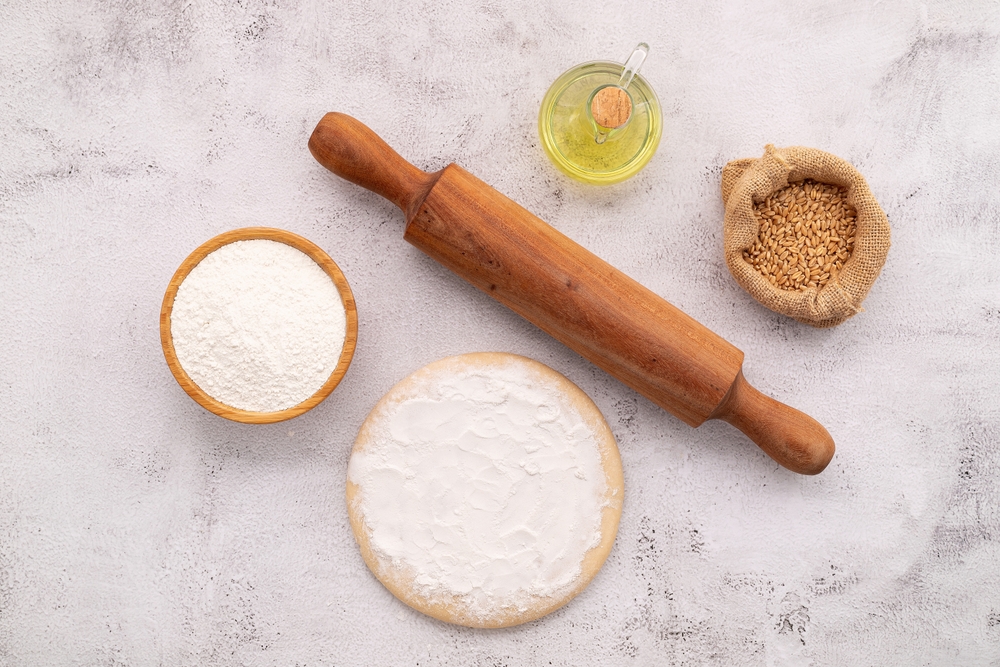
Using the Right Flour
The type of flour you use can make a big difference in the texture and flavor of your pizza dough. We recommend using high-protein flour, such as bread flour or Tipo 00 flour.
These flours have a higher gluten content, which gives the dough its elasticity and chewiness.
Using the Right Water Temperature
The water temperature is crucial when making pizza dough. We recommend using warm water, around 105-115°F, to activate the yeast and help the dough rise. If the water is too hot, it can kill the yeast. If it’s too cold, the yeast won’t activate.
Adding Sugar and Salt
Adding sugar and salt to your pizza dough can enhance its flavor and texture. Sugar feeds the yeast, helping it to grow and ferment the dough. Salt not only adds flavor but also helps to strengthen the gluten in the dough.
Using a Stand Mixer
Using a stand mixer can make the process of making pizza dough much easier and more efficient. It can help you knead the dough evenly and quickly, saving you time and effort.
However, if you don’t have a stand mixer, you can still make great pizza dough by kneading it by hand.
Refrigerating or Freezing the Dough
Refrigerating or freezing your pizza dough can help to develop its flavor and texture. When you refrigerate the dough, it slows down the fermentation process, allowing the flavors to develop more fully. Freezing the dough can also extend its shelf life, making it more convenient to use.
Using a Pizza Stone or Baking Steel
Using a pizza stone or baking steel can help to create a crispy crust on your pizza. These materials absorb and distribute heat more evenly than a regular baking sheet, which can help to cook the dough more evenly and thoroughly.
In conclusion, making the best pizza dough requires attention to detail and the right techniques.
By using the right flour, water temperature, sugar, salt, stand mixer, refrigerating or freezing the dough, and using a pizza stone or baking steel, you can create a dough that is flavorful, chewy, and crispy.
Conclusion
Choosing the best yeast for pizza dough depends on your personal preferences and needs. However, we have provided some information to help guide your decision.
Active dry yeast is the most commonly used type of yeast for making pizza dough. It is widely available and has a longer shelf-life than other types of yeast.
It is also cheaper than other types of yeast.
Instant yeast is another option for making pizza dough. It can be used right off the shelf and mixed directly into your dry ingredients.
It does not need to be dissolved in water like active dry yeast. However, it is more expensive than active dry yeast.
Fast-acting yeast, also known as rapid yeast, is the quickest option for making pizza dough. You do not need to worry about rising when using fast-acting yeast. Simply add the yeast to the dough, add hot water, knead the ingredients, and you’re good to go.
When it comes to how much yeast to use in pizza dough, on average, using 1 and ½ teaspoons of yeast is enough to make a pizza dough rise.
However, if you want to get the best results, you want the yeast to be 1% of the total amount of flour that you are using.
In summary, the best yeast for pizza dough depends on your personal preferences and needs. Active dry yeast is the most commonly used type of yeast, while instant yeast is more expensive but easier to use.
Fast-acting yeast is the quickest option, but it may not give you the best results. Use the right amount of yeast to get the best results.







Add comment